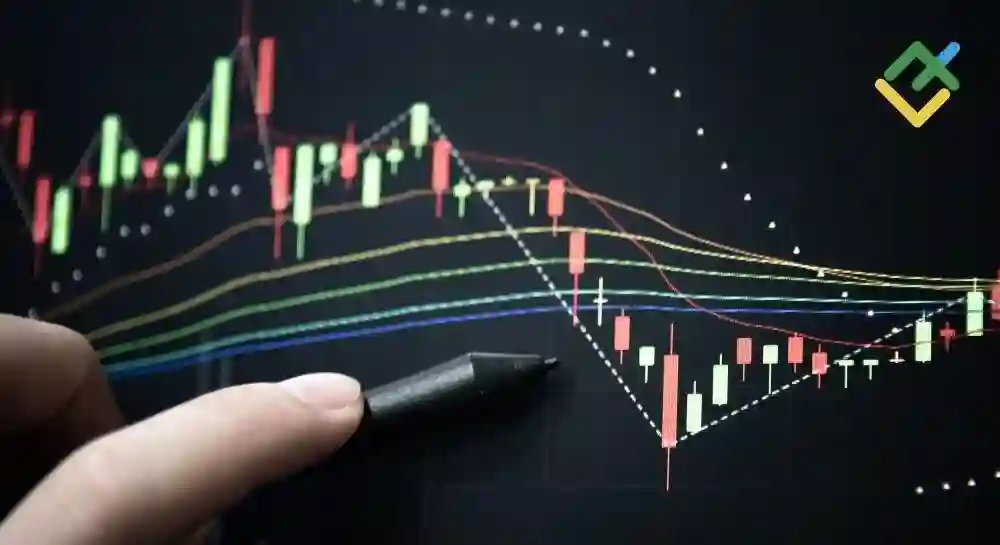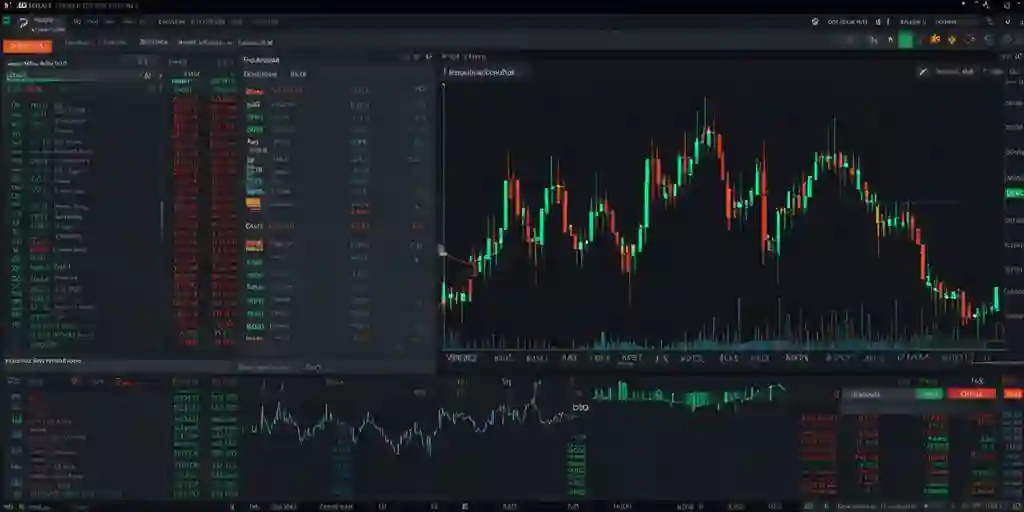
The Best Forex Indicators for Effective Trading
Forex Indicators are essential tools that can help traders analyze the foreign exchange market, identify trends, and make informed decisions. These technical analysis tools are used to predict future price movements, determine market sentiment, and provide valuable insights that can be critical for making profitable trades. In this article, we will discuss the best forex indicators that can enhance your trading strategy and improve your chances of success in the forex market.
1. Moving Averages
Moving averages (MA) are one of the most widely used forex indicators in the world. They help smooth out price data to create a trend-following indicator. There are two main types of moving averages: Simple Moving Average (SMA) and Exponential Moving Average (EMA).- Simple Moving Average (SMA): The SMA calculates the average price of a currency pair over a specific period. It’s a lagging indicator that gives a clearer view of the market’s direction. However, it may be slow to react to recent price movements.
- Exponential Moving Average (EMA): The EMA, on the other hand, places more weight on recent prices, making it more responsive to current market conditions. The EMA is favored by many traders for its ability to track price movements more closely.
2. Relative Strength Index (RSI)
The Relative Strength Index (RSI) is a momentum oscillator that measures the speed and change of price movements. It ranges from 0 to 100 and is primarily used to identify overbought and oversold conditions in the market.- Overbought conditions: When the RSI is above 70, it indicates that the currency pair may be overbought, and a price reversal could be imminent.
- Oversold conditions: Conversely, when the RSI is below 30, it signals that the currency pair may be oversold, and a potential price increase could be on the horizon.
3. Bollinger Bands
Bollinger Bands are volatility indicators that consist of three lines: the upper band, the lower band, and the middle band, which is a moving average (usually a 20-period SMA). The upper and lower bands are set two standard deviations above and below the middle band. Bollinger Bands help traders identify periods of high and low volatility. When the bands contract, it indicates low volatility, which may signal a breakout. Conversely, when the bands expand, it suggests high volatility, often associated with a trend. Traders use Bollinger Bands to spot potential buy and sell opportunities. A common strategy is to buy when the price touches the lower band (indicating oversold conditions) and sell when the price touches the upper band (indicating overbought conditions). However, like all indicators, Bollinger Bands should be used with other tools to confirm signals.4. Moving Average Convergence Divergence (MACD)
The Moving Average Convergence Divergence (MACD) is a popular forex indicator that shows the relationship between two moving averages of a currency pair’s price. The MACD consists of the MACD line, the signal line, and a histogram.- MACD Line: This is the difference between the 12-period and 26-period EMA.
- Signal Line: The 9-period EMA of the MACD line.
- Histogram: The difference between the MACD line and the signal line.
5. Fibonacci Retracement
Fibonacci retracement is a technical analysis tool that helps identify potential levels of support and resistance based on the Fibonacci sequence. The key Fibonacci levels are 23.6%, 38.2%, 50%, 61.8%, and 100%. Traders use Fibonacci retracement levels to identify potential entry and exit points in the market. After a strong price movement, the market often retraces to one of these Fibonacci levels before continuing in the original direction. Traders often look for price reversals at these levels, especially if they coincide with other technical indicators. Fibonacci retracement can be particularly useful in trending markets, as it helps traders pinpoint areas where the trend may resume after a brief pullback.6. Stochastic Oscillator
The Stochastic Oscillator is a momentum indicator that compares a currency pair’s closing price to its price range over a specific period (usually 14 periods). It consists of two lines: the %K line and the %D line.- %K Line: This is the main line and represents the current closing price relative to the high-low range.
- %D Line: This is the moving average of the %K line, typically calculated over three periods.
Conclusion
There are numerous Forex indicators available to traders, and each one serves a unique purpose in analyzing the market. While no indicator is foolproof, combining multiple indicators can help traders make more informed decisions and improve their chances of success. The best forex indicators for effective trading include moving averages, RSI, Bollinger Bands, MACD, Fibonacci retracement, and the Stochastic Oscillator. By understanding how to use these indicators properly, traders can enhance their strategies and achieve better results in the forex market.Read More latest Posts
- Lovely Songs About Sons That Celebrate A Mother Father Bond
- Logos Definition Literature Explained with Clear Examples
- Songs About Working Hard That Keep You Inspired Every Day
- Max Baer Age 103 Milestone: Legendary Actor’s Amazing Life Journey
- Jake Paul Age Truth Revealed – The YouTube Boxer’s Real Birthdate


